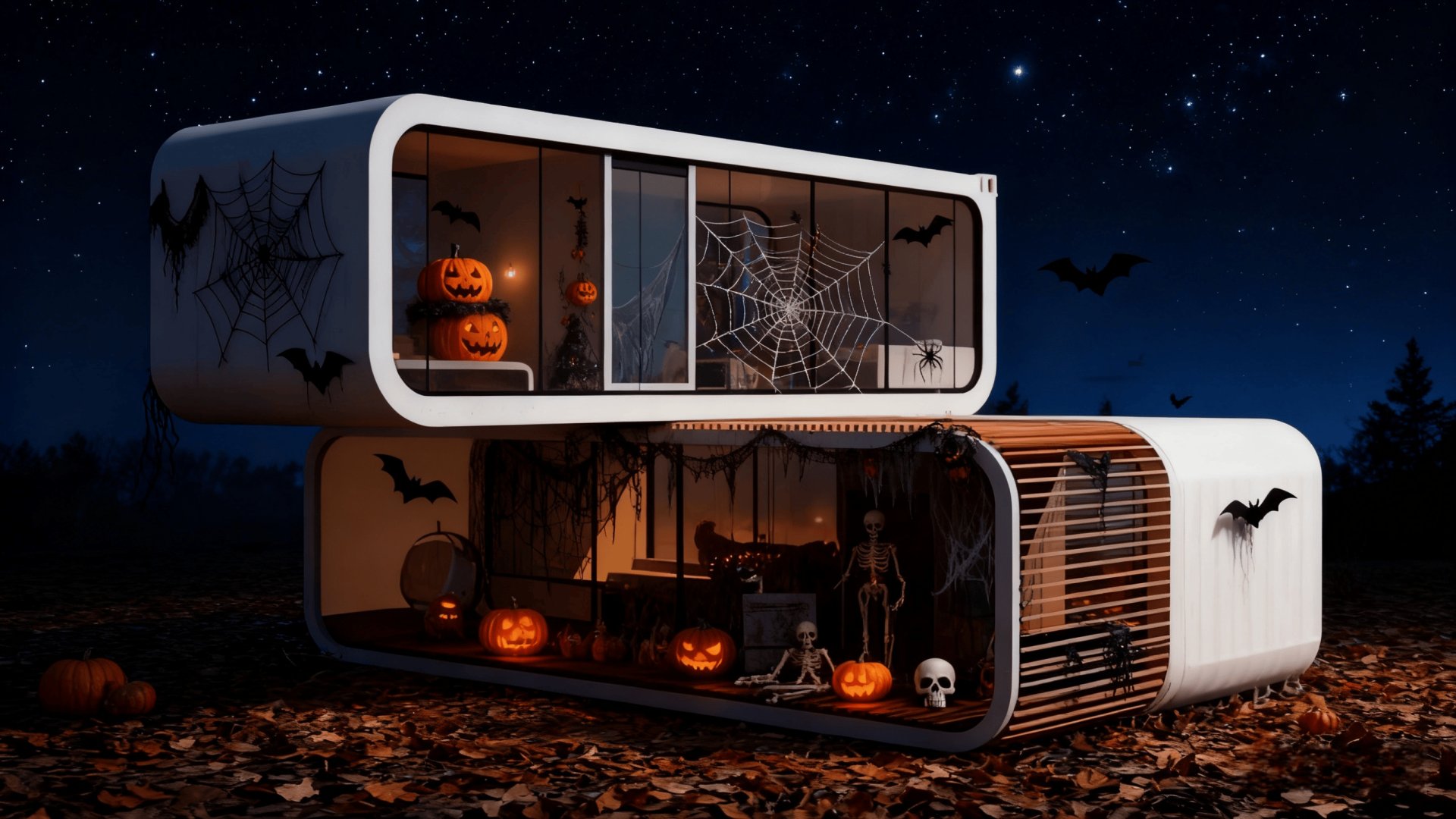As of 10:04 PM PDT on Sunday, October 12, 2025, global economic recovery takes center stage, with the G20 summit set to discuss green economies and supply chain optimization. Meanwhile, with Halloween approaching, families and businesses gear up for outdoor events, driving demand for diverse venues. Against this backdrop, prefab container housing—including shipping container homes and modular container homes—emerges as a flexible, sustainable solution, ideal for prefab office solutions and sustainable event spaces. This article explores how prefab commercial housing supports economic recovery and adds unique flair to Halloween celebrations.

In October 2025, the G20 summit highlights the need for a low-carbon transition in construction, as businesses seek rapidly deployable temporary offices to adapt to hybrid work models. Simultaneously, Halloween events like pumpkin festivals and haunted houses fuel demand for creative venues. Traditional construction, with its lengthy timelines and high costs, falls short, while prefab container housing excels with 1-4 day rapid assembly, living spaces exceeding 60 square meters, and photovoltaic roofs paired with smart systems, perfectly addressing economic recovery and sustainable event spaces needs.
Market data shows a 15% rise in demand for prefab commercial housing in 2025, particularly in North America and Europe, where modular container homes gain popularity for their versatility and eco-friendliness, making them a top choice for economic revival and holiday activities.

The breakthrough of prefab container housing lies in the blend of flexibility and ecology. Qingdao Junda House International Trade Co., Ltd. offers units with galvanized steel frames and eco-friendly sandwich panels, meeting CE and ISO 9001 standards for seismic resistance (up to magnitude 8), corrosion protection, and a 50-year lifespan. Key features include:
Flexible Layouts: Quickly transforms into offices, meeting rooms, or Halloween-themed venues, catering to prefab office solutions and sustainable event spaces.
Green Energy: Photovoltaic systems reduce carbon emissions by 70%, supporting sustainable commercial housing.
Smart Management: AI controls indoor environments with remote security monitoring, enhancing user experience.
In practice, this October 2025, a U.S. company deployed our prefab container housing as a temporary headquarters, equipped with Wi-Fi and smart monitoring, serving 50 employees; meanwhile, a holiday firm converted it into a Halloween haunted house, attracting thousands of visitors. Priced at $1,000-4,000 per square meter, our investment in premium materials and end-to-end services—including custom designs, 20-day logistics, and a 1-year warranty—ensures lasting value.
Looking toward the 2025 winter, the prefab container housing industry is set for continued growth. Economic recovery and the holiday economy drive market expansion, with projections estimating prefab commercial housing will account for 10% of global new commercial spaces by 2030. Advances in 5G technology and green building materials will make modular container homes smarter and more eco-friendly, offering diverse support for corporate and festive events.
With 8 years of international trade experience, Qingdao Junda House International Trade Co., Ltd. serves over 30 countries, providing solutions for commercial, holiday, and community use. We are committed to advancing economic recovery and sustainability through prefab container housing.
This late 2025 autumn, prefab container housing delivers flexible and eco-friendly solutions for economic recovery and Halloween events. Qingdao Junda House International Trade Co., Ltd. warmly invites global partners to join us in promoting sustainable commercial housing. Contact us to explore tailored solutions and co-create a prosperous future!
Inquiry Now